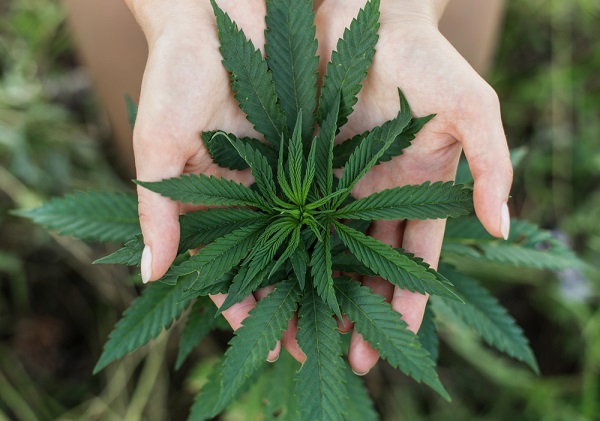Hemp, also known as a subspecies of Cannabis sativa, has been utilized for agricultural purposes for millennia. Dating back as far as 10,000 years, archeological findings have indicated that its earliest use was in the form of fiber production for ancient civilizations.
Now, hemp has cleared regulatory and social hurdles that have kept it in the dark for the last century. Legalization of hemp has drawn a host of industries into the hemp market, such as the agricultural, biotechnology, pharmaceutical, tobacco, and fashion industries. Each of these industries understands the uses of hemp; therefore, the hemp industry is bursting with new opportunities for entrepreneurs, investors, and workers.
What’s Hemp Used For?
Hemp is used in a plethora of products, and due to this sheer variety, it’s recognized as a disruptor in many traditional industries.
Fabrics
Hemp is an up-and-coming material that’s used to produce fabrics for bedding, bags, baskets, curtains, towels, clothing, shoes, and many other items. Textiles are traditionally woven through the use of cotton, wool, silk, or polyester; but hemp is transforming the fabric industry with its sustainable and eco-friendly properties.
Medicine
Cannabidiol, also known as CBD, has become a growing medicinal trend throughout the world. Due to its complete lack of THC and therapeutic properties, it’s viewed as a medicine rather than a narcotic substance. Although it’s yet to be approved by the FDA (Food and Drug Administration) in the United States, it’s becoming widely available in grocery stores, health-oriented stores, and through online retailers.
Food & Supplements
Hemp is used to produce food and supplements. The food that’s produced is hemp seeds, which contain an abundant amount of Omega-6, Omega-3, protein, and fiber. Many health-conscious companies are beginning to substitute ingredients in their products to hemp seeds due to their health benefits. An example would be cereal mixes for breakfast that contain hemp seeds.
Protein companies commonly use whey, soy, rice, egg, and pea for their products. Due to the natural abundance of protein found in hemp seeds, many protein businesses now offer hemp seed protein as a new and exciting alternative.
Construction Materials
Recent use of hemp has been in the form of alternative construction materials. With growing awareness of climate change and the need to reduce energy consumption, innovators have turned to hemp to create sustainable and long-lasting materials.
Hempcrete is an exciting and new material made from the stalks of hemp plants (shivs), lime, and water. This innovative material is used for the insulation of walls, roofs, and floors. Research has shown that hempcrete efficiently absorbs moisture, increases breathability, naturally increases heat retention during winter, and reduces heat in the summer.
Hempcrete also sequesters a vast amount of CO2, which means that this product is, in fact, carbon negative.
Hemp’s Future
As you’ve seen, there are many uses of hemp. Companies around the world are beginning to understand and take advantage of this age-old plant, which has increased the overall value of the hemp market towards $4 billion in 2018. Recent reports are estimating that the global hemp market will be valued at over $10 billion by 2025.
As various industries seek to reduce costs, increase their sustainability, and disrupt traditional materials through the use of hemp; there’s no better time than now to educate yourself on the hemp market as its popularity grows exponentially.
 Investment value finders Investment value finders
Investment value finders Investment value finders




